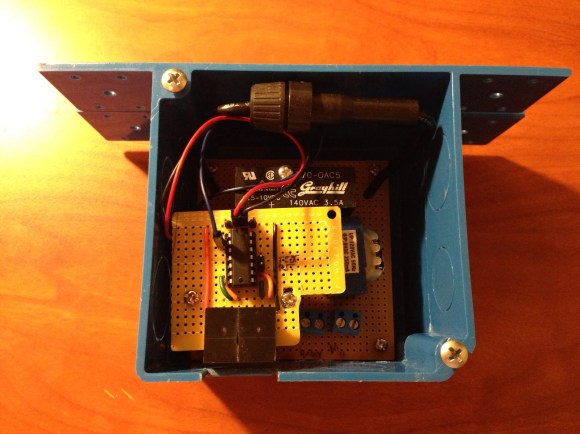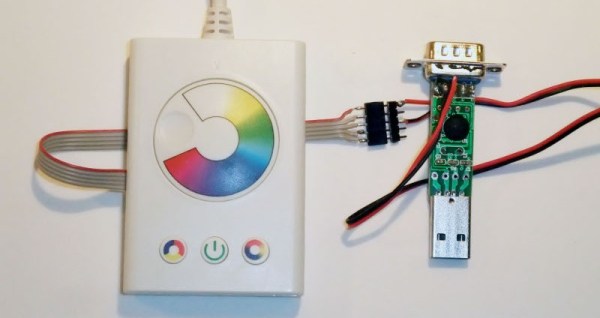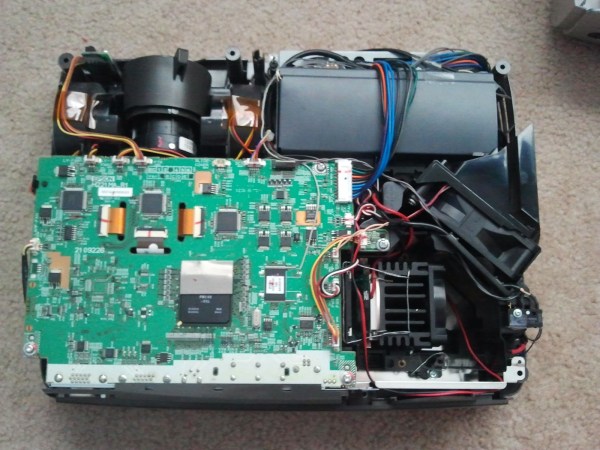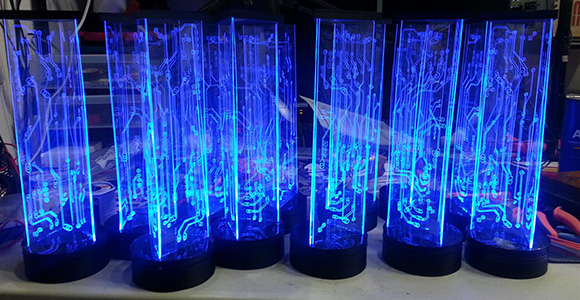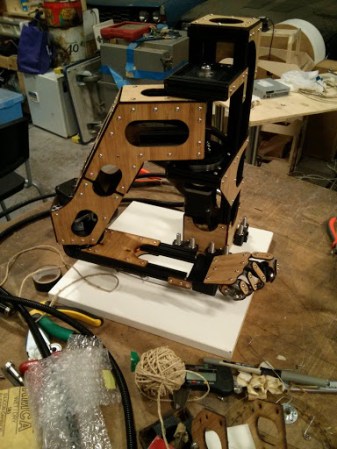It had been requested that we make a short video covering the top worst hacks in movies. Being the community that we are, it seemed like an interesting request. We asked for your input, and you were happy to deliver! However, the proposition of creating a “top 10” list turned out to be quite difficult. There were just SO MANY horrible scenes that I started thinking about how to even categorize them. We could probably to a “top 10” in any of the following categories without even having to dig too deeply:
- hacker lingo
- mocked up interfaces
- fake input devices
- virus screen-takeover moments
- access denied messages
- hardware taped together
Honestly, after breaking it down in such a manner, making the top 10 movie hacking failures, felt painfully general. It is like making a list of “top 10 animals that ever existed”. The state of technology portrayal in movies is frankly abysmal. It is obvious that the only people who know less about tech than “hollywood” are the people making laws about it.


